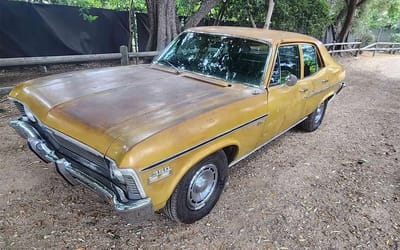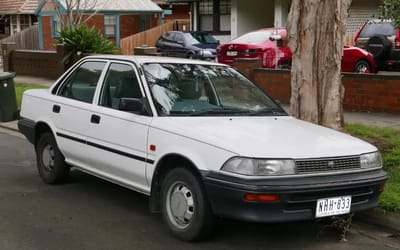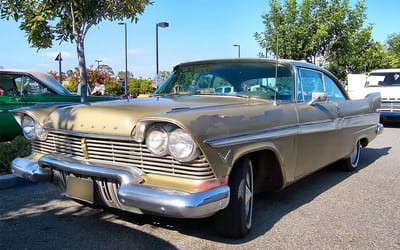Ettore Bugatti nearly ruined his company by building the world’s most expensive car
- In the 1920s, Ettore Bugatti developed one of the most powerful and expensive cars of the time
- It was ultimately too expensive for anyone to buy, and Ettore needed to repurpose the engines he’d built
- The engines found a new life in a surprising place: France’s railway system
Published on Jun 07, 2024 at 7:55 PM (UTC+4)
by Andie Reeves
Last updated on Jun 07, 2024 at 8:40 PM (UTC+4)
Edited by
Tom Wood
Ettore Bugatti spent 12 years building a car that was the epitome of power and luxury.
The 1926 Bugatti Type 41 Royale also turned out to be the most expensive car in the world.
Due to an unfortunate release date, the Royale essentially flopped.
However, its downfall inadvertently led to Ettore revolutionizing France’s train system and building the world’s fastest train.
READ MORE: Bugatti planning unheard of optional extra to revolutionize car customization
Ettore Bugatti, the manufacturer’s founder, set out to build the most luxurious and greatest car the world had ever seen.
The Type 41 Royale was just that, but all that glamour didn’t come cheap.
Given that it debuted during the Great Depression, it’s perhaps unsurprising that this magnificent model didn’t fly off the shelves.
But Ettore didn’t want to waste the hard work he’d put into developing his 12.8-liter inline-eight-cylinder engine.
Incredibly, his engines found a new life in France’s train system and gave birth to the first modern high-speed train.
How Ettore Bugatti developed the 1926 Bugatti Type 41 Royale
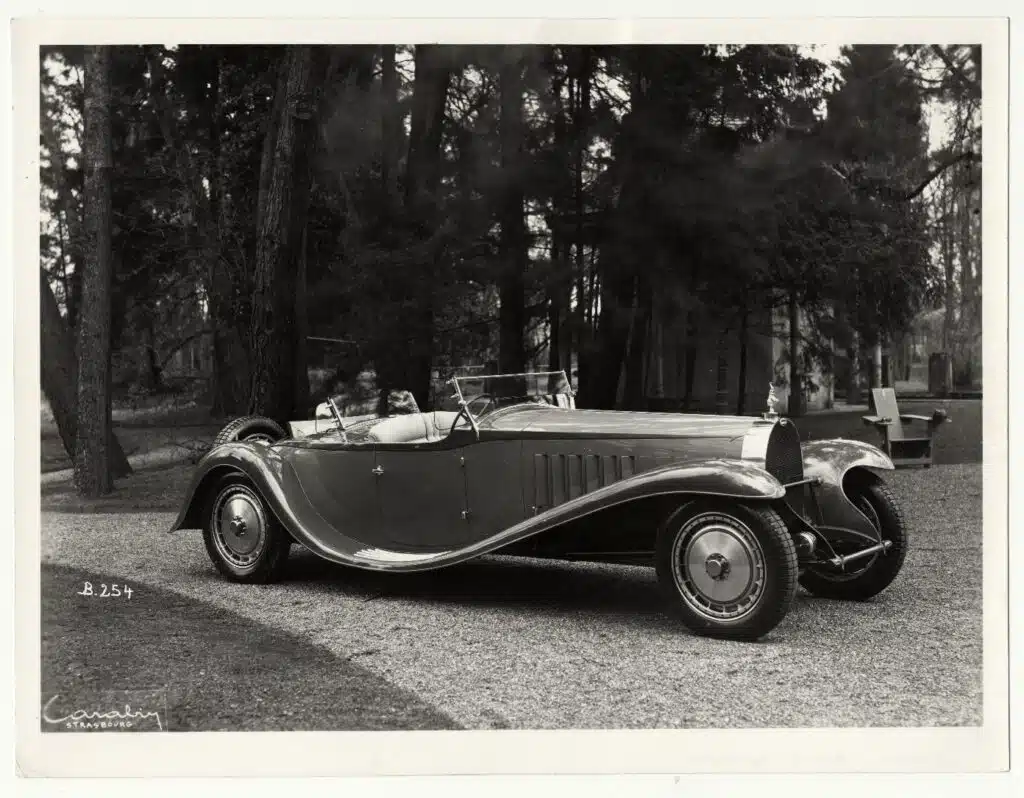
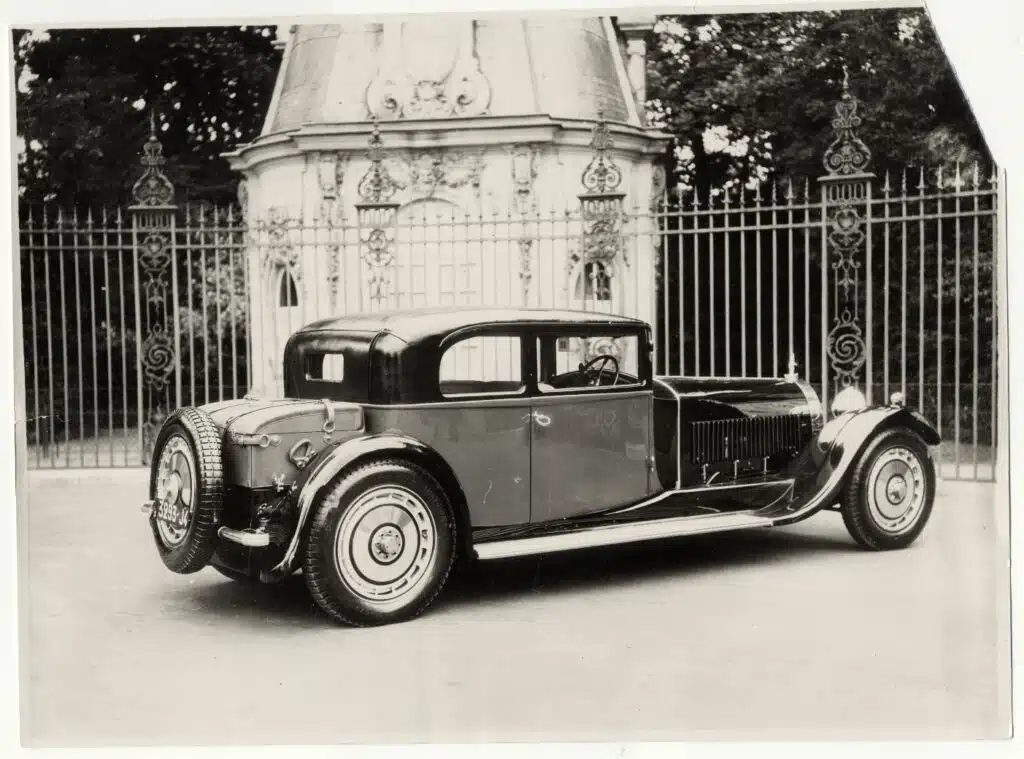
In true innovative style, Ettore based his design on a Bugatti aircraft engine.
He built the world’s largest production engine, which produced 300 horsepower and made the car capable of reaching 124 mph—feats unheard of during that era.
It was elegant, featuring the now-iconic horseshoe grille, and was instantly the most expensive car of all time.
In 1926 it went for $40,000, which was ten times more than any other Bugatti on the market.
A far cry from the modern La Voiture Noire, the most expensive car the automaker has ever produced to date.
It was 20 feet long and was the only Bugatti to feature a hood ornament: a dancing elephant.
Although 25 of these incredible engines were produced, just six models were built.
Production skidded to a halt as the Great Depression hit and only four of the Type 41 sold.
By this stage, Ettore had spent a massive amount on the project and needed to repurpose his engines to save his company.
Finding a new life for the Bugatti Type 41 Royale’s incredible engines
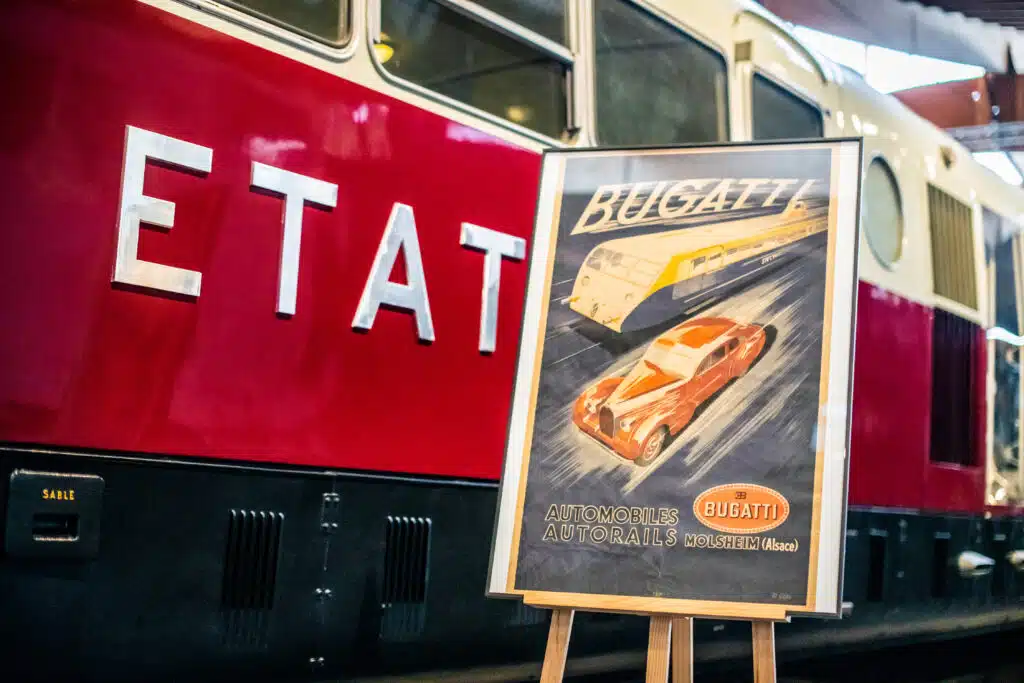
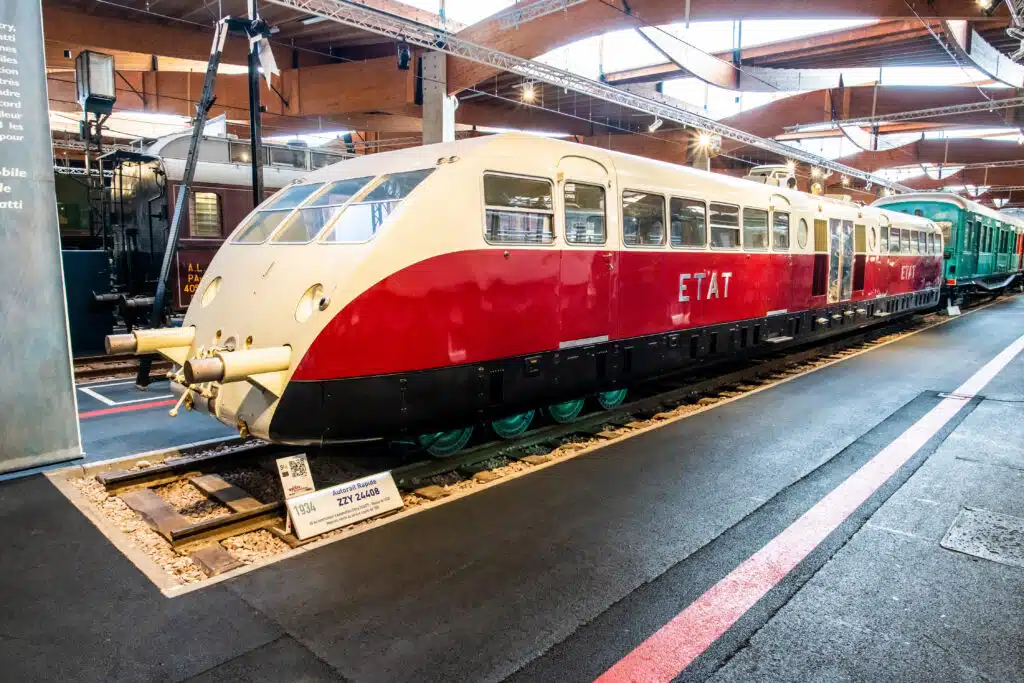
In the 1920s, France’s steam-powered trains were slow and losing popularity to its emerging competitors: cars and buses.
Ettore took just nine months to successfully reconfigure his engines to power the rail units he designed for the French railway.
His new trains set a record on their first trial run, reaching speeds of 107 mph.
These would later be pushed to 123 mph, making it the fastest train on Earth at the time.
For comparison, the world’s fastest train today races to 621 mph.
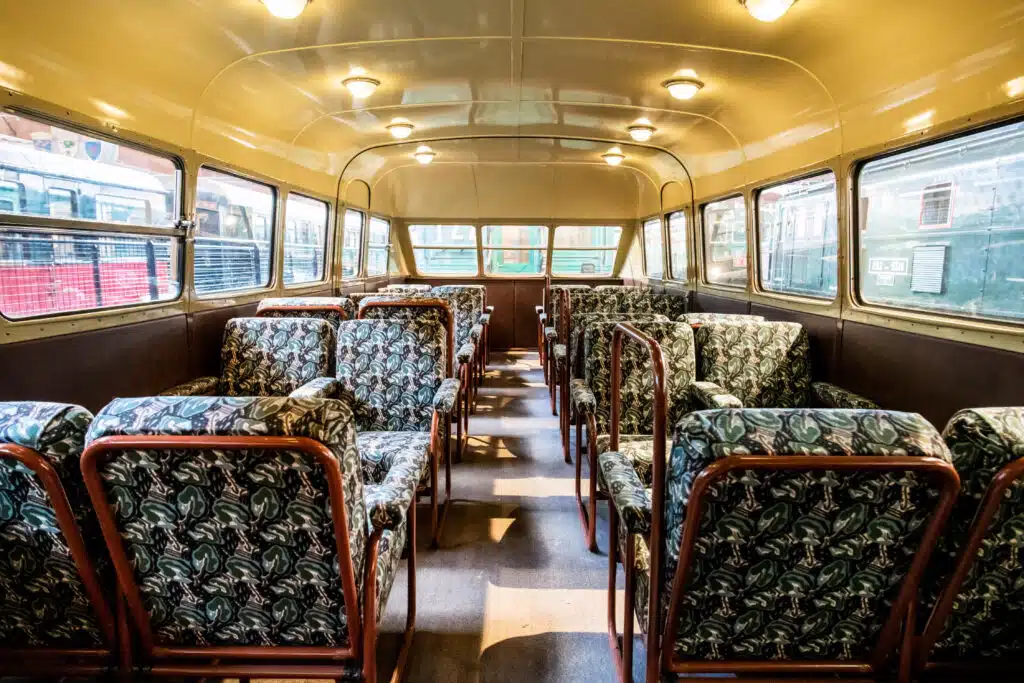
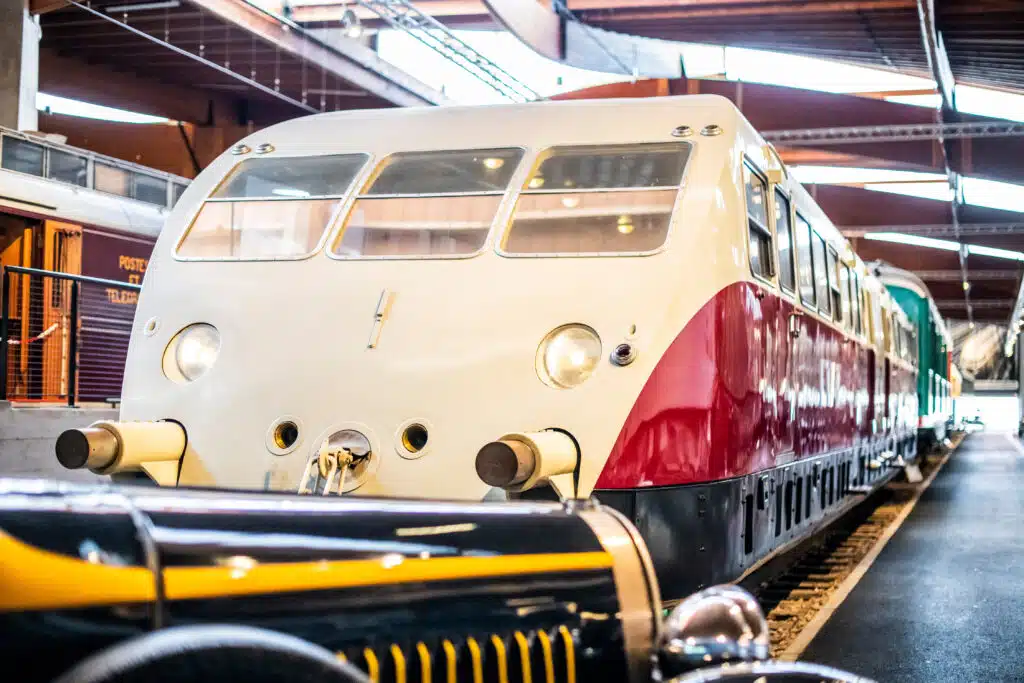
Of course, it wouldn’t be a Bugatti design without paying careful attention to the interior too.
Each carriage was opulently decorated, even featuring swiveling passenger seats.
A total of 88 of these trains were produced, totally revolutionizing rail travel.
However, after just 20 years of service, the fleet was decommissioned.
This was because they were quintessential Bugattis: beautiful and incredibly fast but ultimately gas-guzzlers.
# Tags - Cars

Andie Reeves
Andie is a content writer from South Africa with a background in broadcasting and journalism. Starting her career in the glossy pages of Cosmopolitan and Marie Claire, Andie has a broad portfolio, covering everything from sustainability solutions to celebrity car collections. When not at her laptop Andie can be found sewing, recording her podcast, taking board games too seriously or road-tripping in her bright green Kia.
